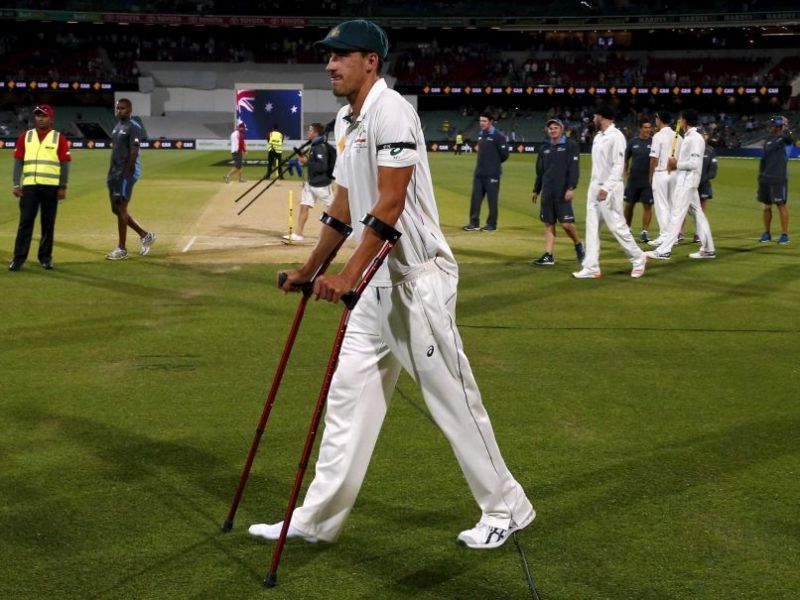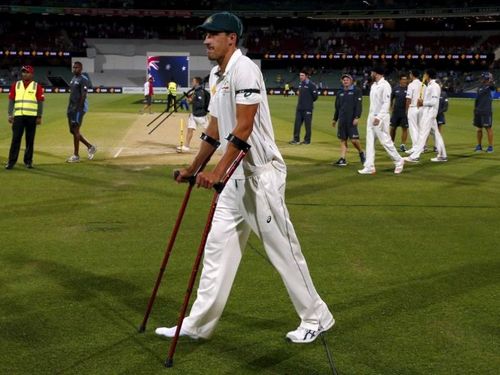
How fast bowlers can stay injury-free

"Just take the ball in your hand, run for about 50 meters, take a jump and throw the ball! How can one possibly get injured while doing this? Isn’t it so simple? I wish it was."
An Australian study led by Dr Orchard of South Sydney Sports Medicine found that bowlers face a higher risk of injury than any other player on the cricket field, especially while bowling during the second innings when the injury risk increases by more than 60 percent. Another research by Patrick Farhart (Physio of Indian Cricket Team) on cricketers reveals that the injury rates in fast bowlers are comparable to those in professional footballers.
Although cricket is considered a relatively safer game, the reason for such high injury rates in bowlers is hidden in the biomechanics of the bowling.
During the entire delivery action, the body of a fast bowler experiences an astronomical amount of force from the ground. This force increases the risk of injuries, especially in the lower back region. It has been reported that a force of 8-10 times the body weight is transmitted through the body during the delivery stride of a bowler.
This force, combined with the hyperextension and the rotation of the lower back during the delivery of the ball, makes the lumbar spine vulnerable to injury. The Ashes exit of James Pattinson in 2013 and Nathan Coulter Nile in 2017 are only a few of the countless occasions when back injuries have forced in-form bowlers to sit out on the bench.
In addition to the lumbar spine, lower limb injuries to the knees and ankles are also common due to the heavy impact and twisting forces associated with the bowling action.
Factors like incorrect footwear further add to the risk of injuries. Ill-fitting shoes reduce the shock absorbing mechanism of the body and increase the chances of shin and hip injury, as seen in the case of the Sri Lankan cricket team in 2016 when nine out of 12 bowlers had to remain out of action due to such footwear related problems.
To safeguard their bowlers from such injuries, cricket boards from all around the world have started making changes to their training and injury management programs.The Australian Cricket Board, for instance, has adopted a technique called 'Prehabilitation', a systematic approach that identifies common sports specific injuries followed by implementation of exercises that minimize injury risk.
The process is really simple and is carried out in two steps:
Step one involves a comprehensive screening of the player by physiotherapists and sports scientists who identify all such weak muscles and joints in the player’s body that not only affect performance but also increase chances of injury.
Step two involves fabrication of an exercise plan to strengthen all the weak links identified during the injury screening.
This is followed by a 12-month recovery monitoring process during which the progress in the body structure of the bowler is reviewed on a continual basis.
Taking inspiration from their counterparts in Australia, a few organisations have started coming up with such 'Prehabilitation cum Injury Prevention programs' in India as well.